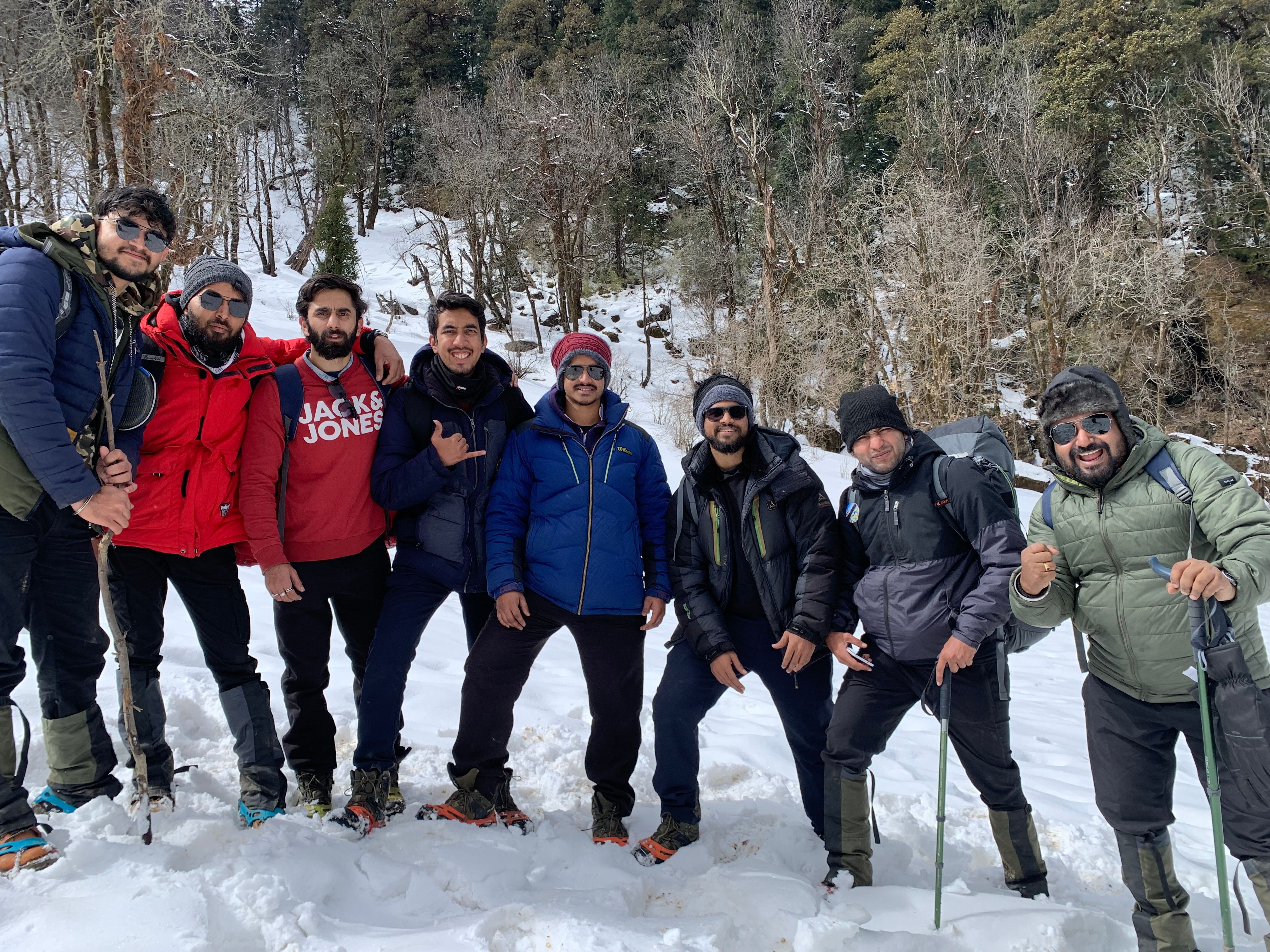
Automotive UX Designer | Pune
I made friendship with the mountains through Kamal sirs experience. The moment i met him at my last trek at Kedarkantha, I was impressed by his mountaineering knowledge and friendly nature that this year too (to Tungnath) and every year hereafter I am going to partner him to a new peak and new experiences in those journeys. Kudos to Planethimalayas for the exceptional work in making the love of mountains more accessible and enjoyable.
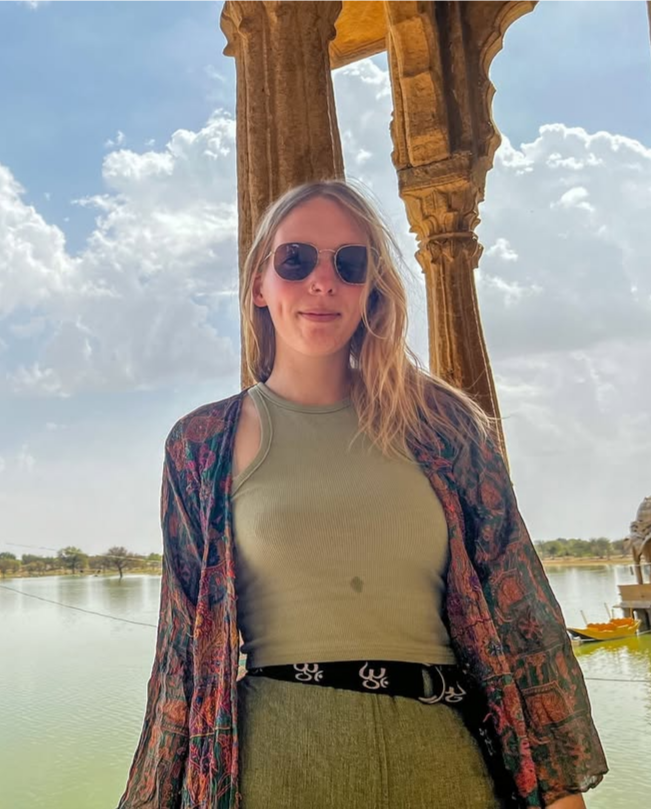
Freelancer | Breda, Netherlands
I did the Kashmir Great Lakes trek with kamal. This was such an unforgettable experience. Kamal is such an amazing guide. He told us so many interesting facts, I had beautiful deep talks with him about the mountains and listened to many of his stories about the experiences he's had while trekking. he's such a genuine and pure soul. I was the only female in the team, but not once I felt uncomfortable or left out. Everyone was increrdibly respectful and nice. We were allowed to walk on our own pace and didn't feel rushed or pushed. Everone can do the trek as they want, in the way they want. He respects you and really goes out of his way to make you enjoy the most. Till this day he's still a dear friend of mine and I hope to have the priviledge to go to the mountains again, together with him. If you're planning to do a trek, definitely do it with Kamal, he a 100% will make sure this trip is something you'll never forget about.
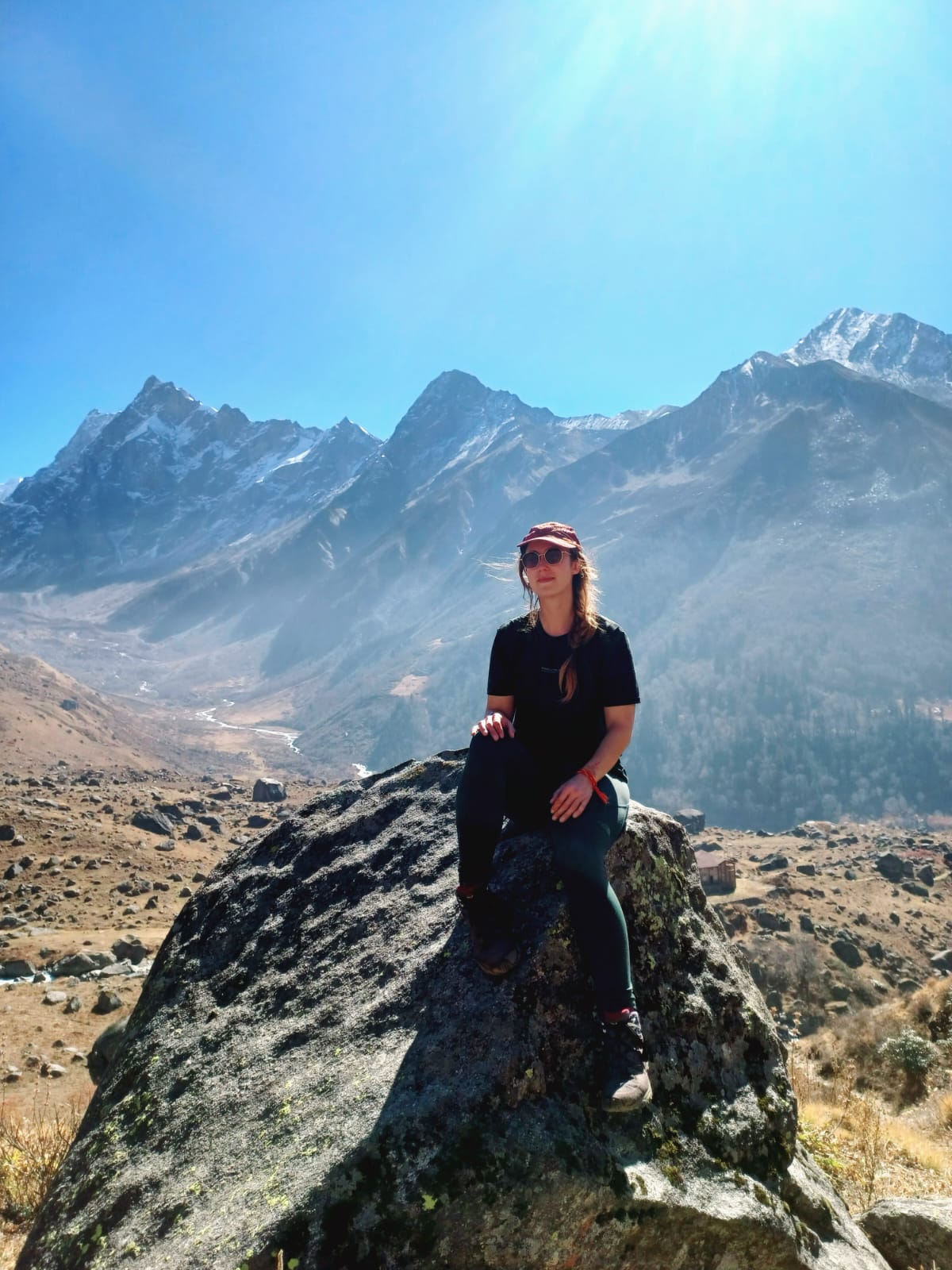
Marketing | Canada
I had some nerves about going on a trek solo but Kamal took excellent care of me and made sure I felt safe and looked after. He was able to customize the trek to my needs and we went on lots of side quests to explore the area. Kamal is very knowledgable and has some fantastic stories to tell, so was the best company the entire time – it felt like I had friends adventuring with me! Thanks again :)
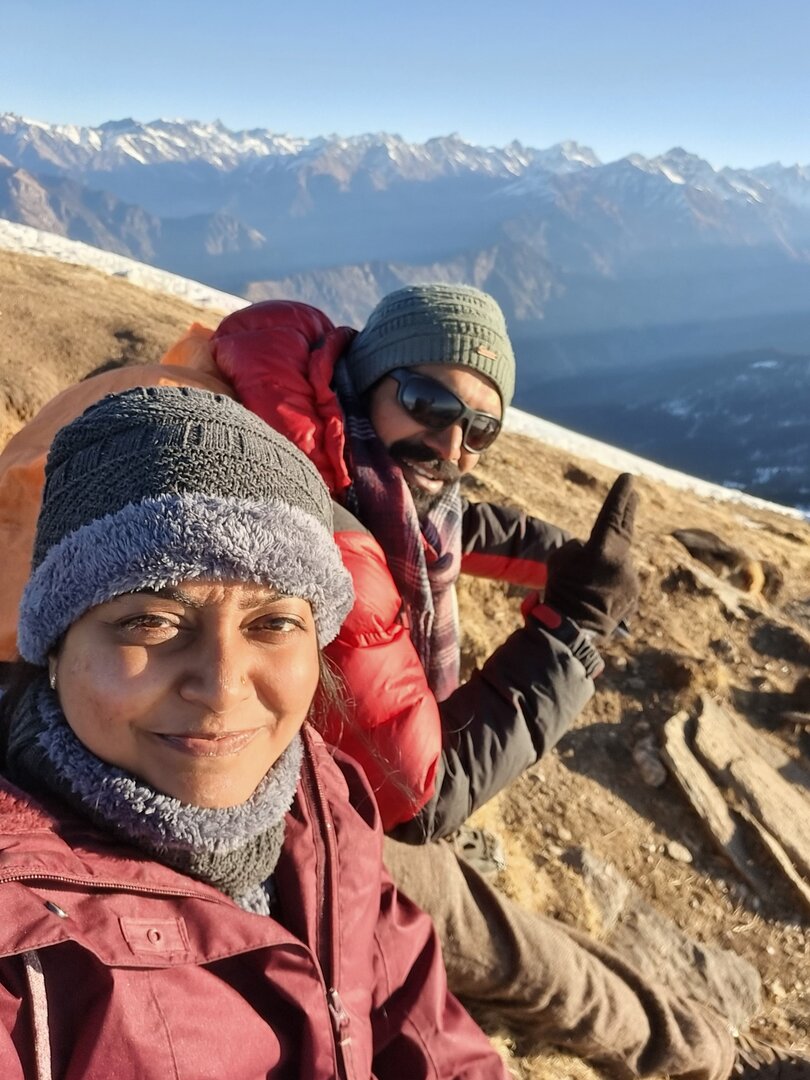
Bangalore
The trekking experience was absolutely unforgettable..Our guide was friendly and knowledgeable, making the whole journey fun and safe.

Hooray! - Recent rainfall caused season's first snowfall across the Himalayas above 13000ft.
Treks are underway on all slopes.
Conditions are favorable for withdrawl of monsoon soon. Most of the slopes are dry with isolated rainfall.
Roads though mostly open are still not in the best of conditions and repair works are underway. Everyone is requested to travel with caution and buffer days in hand. Please cooperate with the mountain authorities in case of delays due to climatic issues.

Hurry! – Flat 15% Off on all Upcoming Treks - Valid till 31st Oct!
Enjoy a flat 15% discount on trek fees for all upcoming treks when you book on or before 31st October 2025. Secure your spot now!

Our Autumn season started with a bang
Our first batch of the season completed the trek successfully with holding great spirit despite of overcast caonditions and hidden summit view.
Our last batch to Rupin Pass returned back from upper waterfall campsite due to heavy snowfall
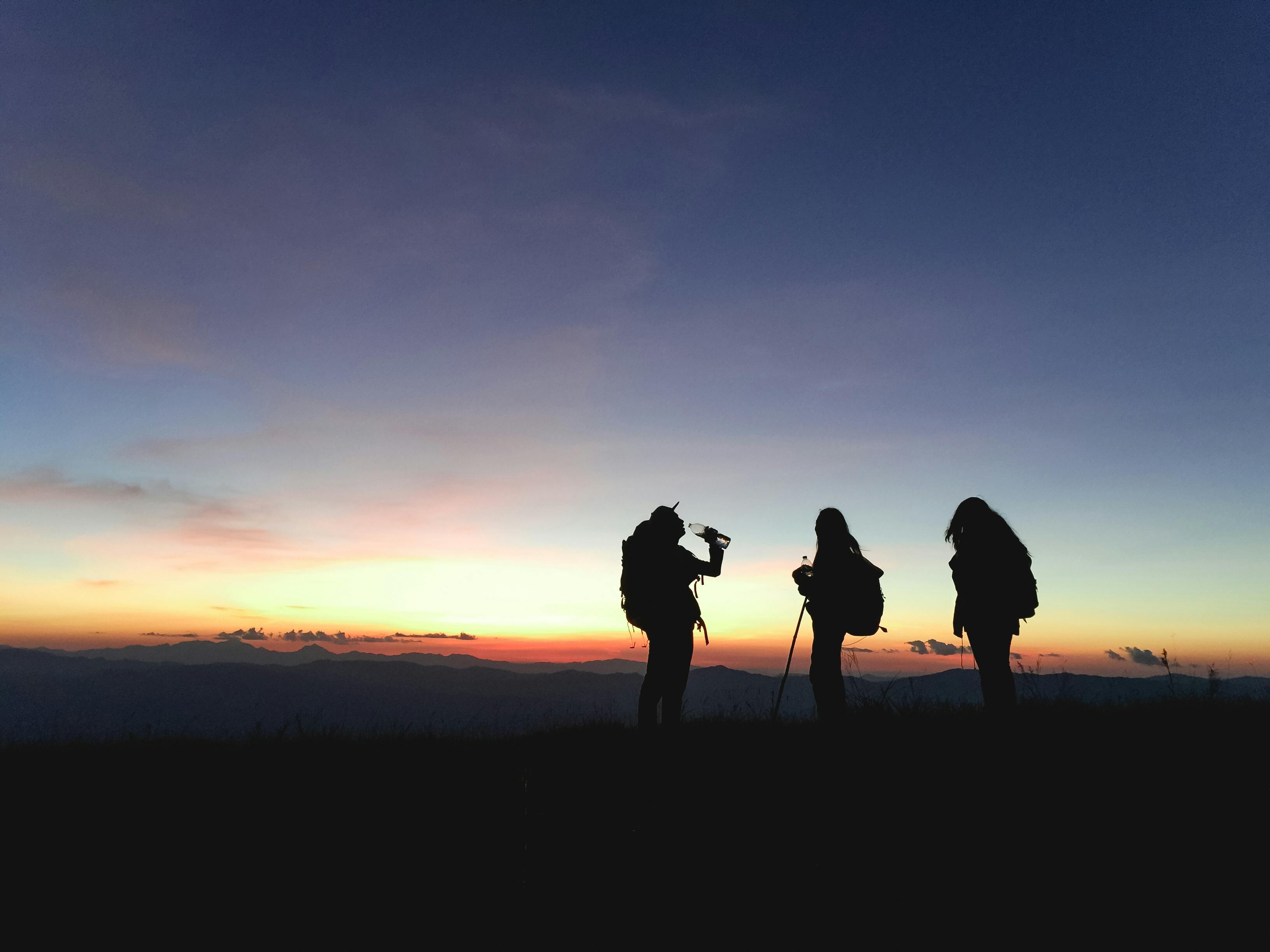
Trekking in the Himalayas: The Real Picture You Need to Know (2025)
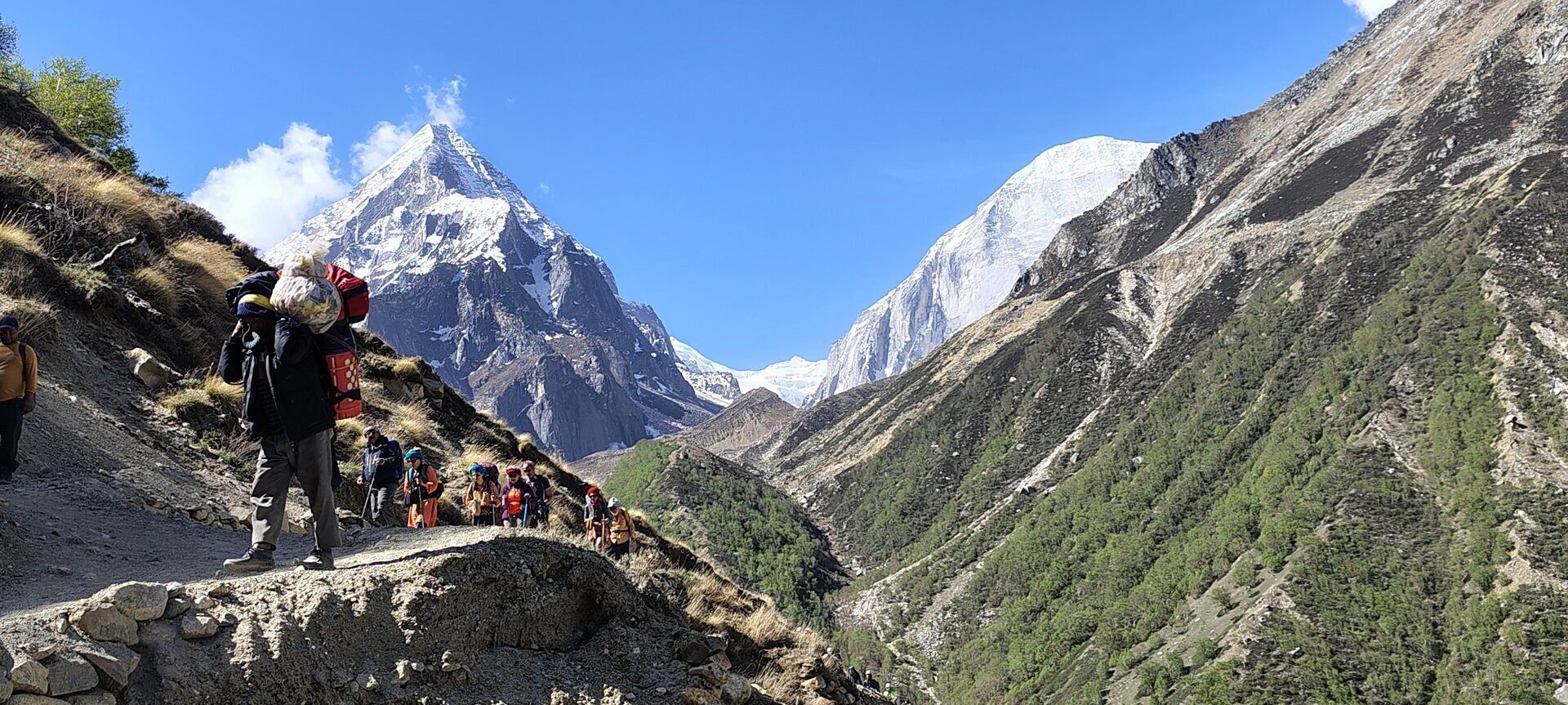
Mountain Manners - Responsible Trekking (LNT Principles & Best Practices)
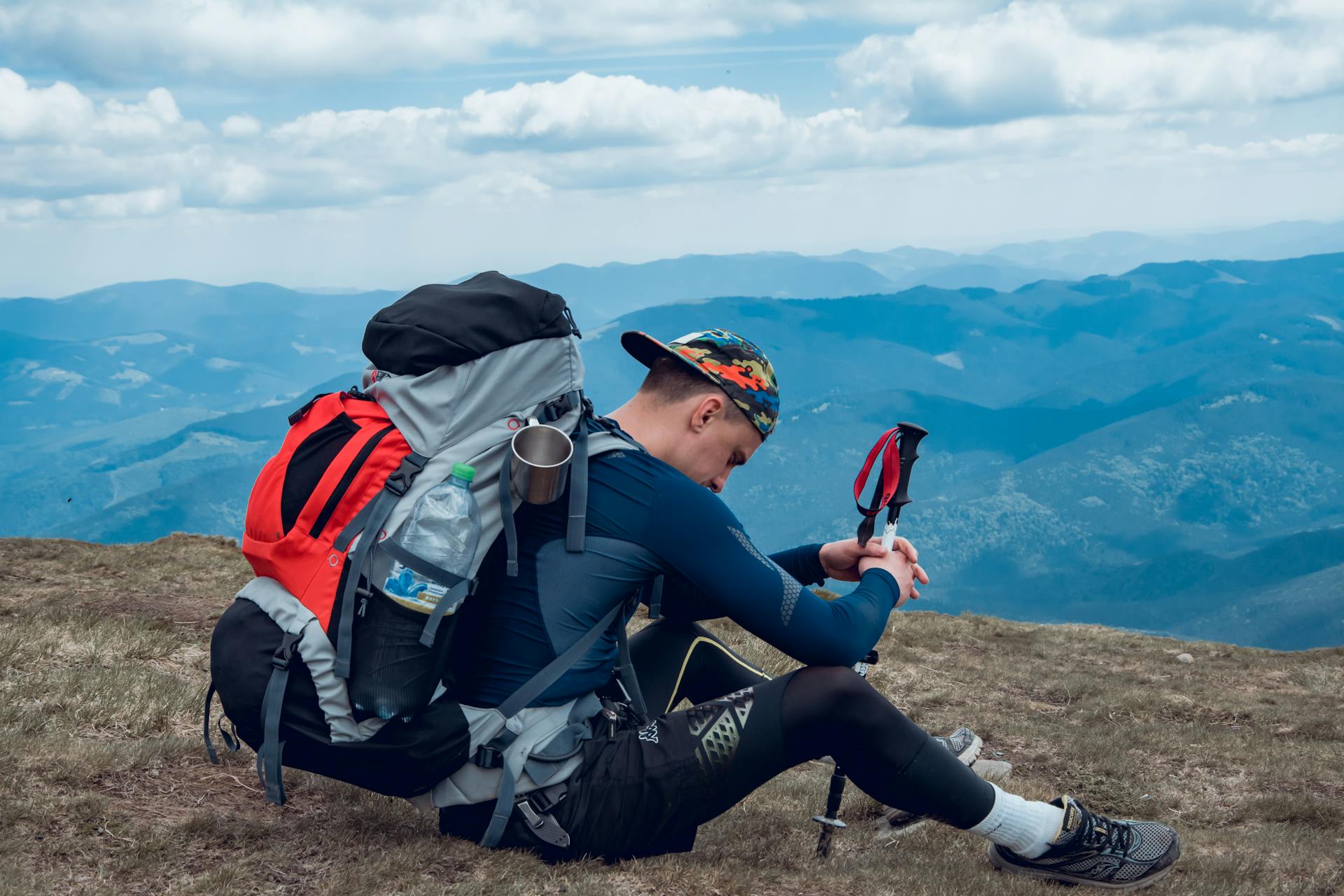
Mountain Sickness - AMS
Trekking in the Himalayas is a dream adventure — but it demands smart preparation. Whether you're planning a snowy winter trek like Kedarkantha, a scenic route like HarKiDun, or a thrilling climb like Rupin Pass, here’s everything you need to know to get prepared and trek safely and confidently.
Click here to read the full article.
Packing smart is the key to a safe and comfortable trek. Here’s a complete checklist of everything you’ll need for a week-long Himalayan adventure.
Click here to read the full article and download a comprehensive packing list.
If you’re planning a high-altitude trek in the Himalayas, it’s important to understand one of the most common health risks in the mountains: Mountain Sickness, also known as Acute Mountain Sickness (AMS).
Click here to read the full article.
Trekking in the Himalayas is an unforgettable experience—but it comes with a silent danger: Mountain Sickness, also known as Acute Mountain Sickness (AMS). The good news? With the right precautions, mountain sickness is completely preventable.
Click here to read the full article.
Whether you're trekking in the Himalayas or anywhere in nature, it's our collective responsibility to respect, protect, and preserve the mountains. That’s where LNT (Leave No Trace) principles come in.
Click here to read the full article.
Trekking in the Himalayas is an unforgettable experience — but it also pushes your body through tough terrain, thin air, and unpredictable weather. Whether you're doing a beginner-friendly trek like Kedarkantha or a high-altitude route like Rupin Pass, staying fit and healthy on the trail is key to enjoying the journey.
Click here to read the full article.
Choose a trail that matches your fitness, experience, and goals. With hundreds of treks in the Indian Himalayas — from snowy summits to wildflower meadows — it can be overwhelming to decide which one’s right for you.
Click here to read the full article.
Your footwear can make — or break — your trekking experience. Trekking in the Himalayas means walking through snow, mud, rocks, rivers, and forest trails. Your regular sneakers or running shoes won’t cut it here. Investing in a reliable pair of trekking shoes is one of the smartest decisions you'll make before stepping onto the trail.
Click here to read the full article.
Properly maintaining your trekking shoes ensures comfort, durability, and safety on the trail. Learn cleaning, drying, storage, and a pre-trek checklist before reusing them.
Click here to read the full article.
Your backpack is your lifeline on the trail — it carries your essentials, supports your back, and travels with you every step of the way. Choosing the right backpack for a Himalayan trek is all about fit, comfort, size, and smart features — not just brand or looks. Confused about which backpack to buy for your Himalayan trek? Learn how to choose the right capacity, fit, features & top brands like Forclaz, Osprey & Deuter.
Click here to read the full article.
Save Booking: Stores your booking temporarily. You can modify it later. No payment is required. Offers or vouchers applied here are not locked yet.
Pay & Book: Confirms your booking, triggers payment via Razorpay, and locks any applied offer or voucher. After payment, the booking is finalized.
All cancellations must be processed through email only. No other form of communication will be considered official. Our official email address: info@planethimalayas.com.
Please read our Cancellation & Refund Policy
Experience the difference of trekking with genuine mountain experts who truly care.
Led by certified mountaineers with wilderness first aid training, ensuring your safety and confidence at every step.
Our mountain crew comprises local experts who bring unmatched experience, warmth, and deep knowledge of the region.
We cap our group departures at just 8 trekkers — ensuring individual attention, deeper connections, and better trail discipline.
From camping to technical gear, we use only certified, high-altitude-tested equipment suited for extreme Himalayan conditions.
We're always available — before, during, or after your trek. Reach out anytime, and you'll always hear back from a real human.
We strictly follow Leave No Trace ethics. Limited group sizes and mindful practices help protect the fragile Himalayan ecosystem.